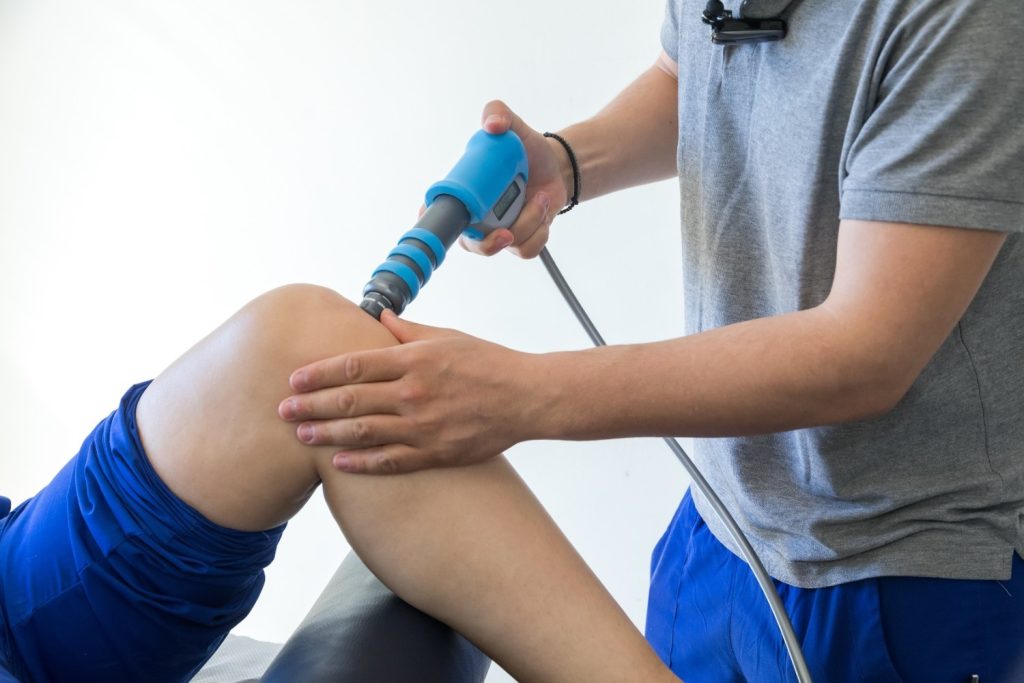
Millions grapple with the pain and limitations of joint arthritis, often seeking relief in medication or even surgery. But a non-invasive option like shockwave therapy is gaining traction, offering a glimmer of hope for those suffering from this debilitating condition.
What is Shockwave Therapy and How Does it Work?
Shockwave therapy utilizes high-energy sound waves (think mini sonic booms) delivered to the affected joint. These waves penetrate deep tissues, triggering various beneficial effects:
- Increased blood flow: The sound waves stimulate the creation of new blood vessels, bringing oxygen and nutrients to the injured area, promoting healing.
- Pain reduction: Shockwaves may disrupt pain signals transmitted by nerves, providing pain relief.
- Bone and tissue regeneration: The therapy might stimulate the production of collagen and bone-building cells, potentially aiding in tissue repair and regeneration.
Researching the Evidence:
Studies show promising results for shockwave therapy in treating specific types of arthritis, particularly osteoarthritis. A 2019 review concluded that it can effectively reduce pain and improve function in knee osteoarthritis, with these benefits peaking around 8 weeks after treatment. Another study found similar positive effects in patients with shoulder arthritis.
Frequency and Duration of Relief:
Shockwave therapy typically involves 3-6 sessions spaced a few days apart. While pain relief can be immediate, the full benefits might take several weeks to manifest and can often last for 6 months or even a year.
Home vs. Professional Equipment:
Professional shockwave machines used in clinics are powerful and deliver targeted therapy. However, home devices with lower energy levels are becoming increasingly available. While research on their effectiveness is limited, some preliminary studies suggest they may offer modest pain relief in certain cases.
Potential Risks and Considerations:
Like any treatment, shockwave therapy comes with potential risks, albeit rare. Mild discomfort, bruising, and temporary skin redness are possible. It’s crucial to note that this therapy is not suitable for everyone, with certain conditions like fractures, infections, and active cancer being contraindications.
Before You Dive In:
Consulting a healthcare professional is crucial before embarking on any new treatment, including shockwave therapy. They can assess your individual case, weigh the benefits and risks, and determine if this therapy is right for you.
The Verdict:
While shockwave therapy isn’t a magic bullet for all types of arthritis, it holds promise as a non-invasive, potentially effective tool in managing pain and improving joint function. Research continues to explore its potential, and with careful guidance from your doctor, it might be worth considering in your arthritis management journey.
Remember, always consult your doctor before trying any new treatment, including shockwave therapy.
Additional Resources:
- American Academy of Orthopaedic Surgeons: https://www.aaos.org/quality/quality-programs/lower-extremity-programs/osteoarthritis-of-the-knee/
- Arthritis Foundation: https://www.arthritis.org/
- International Society for Extracorporeal Shockwave Therapy: https://shockwavetherapy.org/


